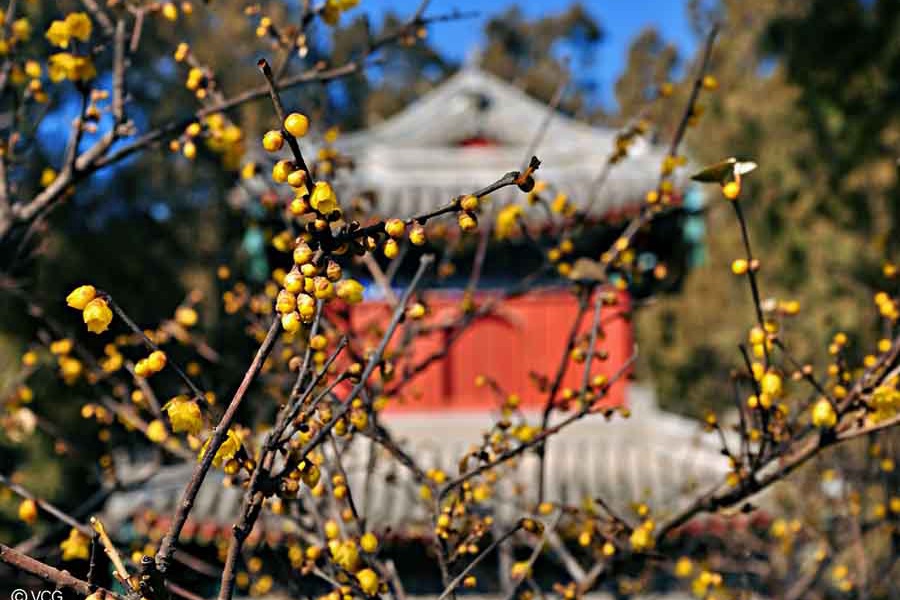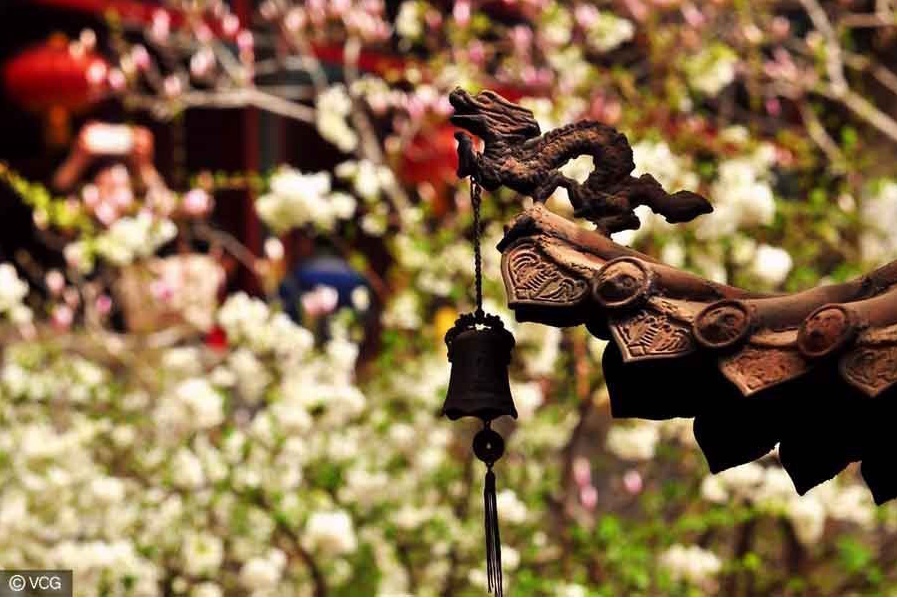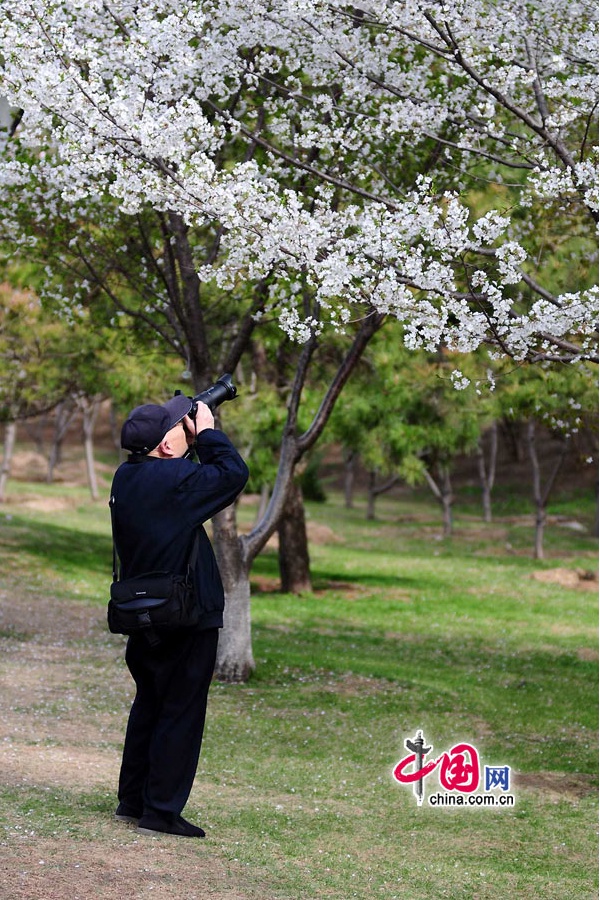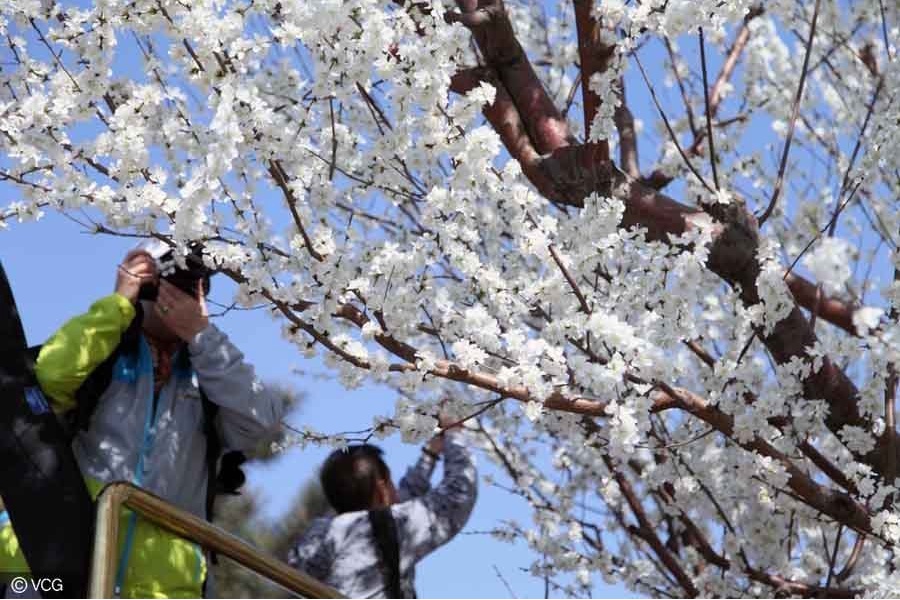Nothing says spring like spring flowers. They are the surest sign that warmer weather is coming, and we have survived the long winter.The season of spring is pleasant, inspiring, and full of vigor, and ancient Chinese poets loved to extoll on the arrival of spring. Here, we introduces the best places to spend your spring when the flowers are in full bloom.

Beijing Botanical Garden
Beijing Botanical Garden is situated in the western outskirts of the city between Xiangshan Park and Yuquan Mountain. With intriguing rockeries, clear ponds and elegant bridges, the garden is a wonderful place to explore natural beauty. Beijing Botanical Garden is the largest in North China, with a great variety of greenhouses, rare trees and stunning flowers, as well as a number of historical attractions, such as Cao Xueqin Memorial and Liang Qichao Tomb.

Summer Palace
Situated in the northwest suburbs of Beijing, the Summer Palace is the largest and best-preserved royal garden, and one of the four most famous gardens in China. It was first built in 1750 and restored in 1886 as a summer resort for Empress Dowager Cixi after being destroyed during the Second Opium War in 1860.The Summer Palace landscape features a variety of palaces, gardens and other ancient-style architectural structures.

Tanzhe temple
As a typical Buddhist temple, Tanzhe Temple stands on Tanzhe Hill in the western outskirts of Beijing. Its origins certainly predate the formation of much of Beijing, as the first reference to the site was noted in the Western Jin Dynasty (265-316), but most of what forms the temple today was constructed in the Ming and Qing dynasties. Covering an area of over 41,000 square meters, the temple consists of some pavilions, prayer halls, group of pagodas, courtyards and gardens dating from the Yuan, Ming and Qing dynasties. The gardens contain various kinds of trees and flowers, but the magnolia flower is the most famous, some of which are of 300-year-old history.

Yuyuantan Park
Yuyuantan Park is located on the southern end of Sanlihe Road, with its main gate directly opposite the Southern Road of the Altar of the Moon (Yuetan Nanjie). In the past it was known as Angler's Terrace because in the Jin Dynasty, an official named Wang Yu secluded himself here in the guise of a fisherman.

Jingshan Park
Jingshan Park, also known as "Prospect Hill Park", is situated just north of the Palace Museum, next to Beihai and Houhai. During the Yuan Dynasty (1206-1368), it was for royal family members and was only opened to the public after 1928. Since the founding of the People's Republic of China in 1949, the park has been renovated several times, and has now become one of the most ancient parks in the capital. Covering an area of more than 230,000 square meters, the park is famous for its large peony garden. Each year, a Peony Flower Show is held including hundreds of kinds of peony from home and abroad.




